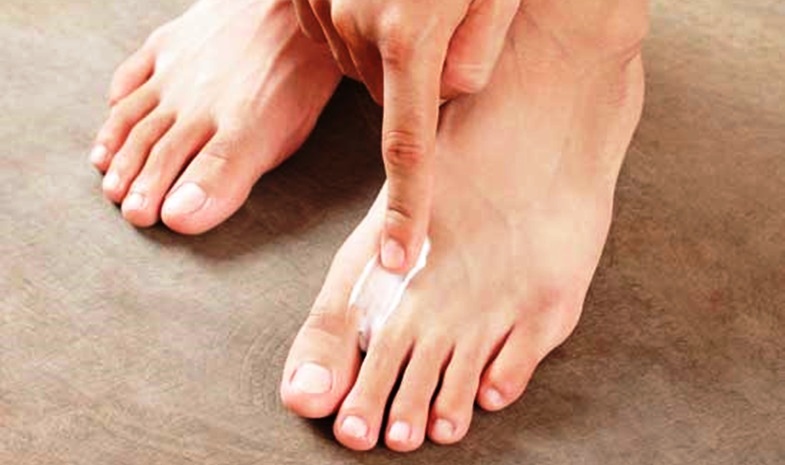The majority, as scientific studies confirm, have an urgent need for more information about care and hygiene, early detection and prophylaxis. Treating athlete’s foot in diabetics is an absolute must in order to prevent potentially life-threatening complications.
The connections between diabetes and athlete’s foot are as simple as they are momentous. Especially with poorly controlled diabetes mellitus, circulatory disorders and damage to the nervous system almost inevitably occur, which in turn leads to a locally weakened immune system. Those affected notice this, among other things, in extreme dryness of the skin and even the formation of eczema and poorly healing wounds and inflammation. However, there are far more serious side effects that go unnoticed: reduced sensitivity in the legs and feet and a reduced sense of pain. As a result, serious problems that begin harmlessly are not recognized early enough and treated in a targeted manner. A circumstance that also promotes athlete’s foot and its spread.
It is therefore crucial that diabetics think differently. The learned symptoms of athlete’s foot: itching and burning, are less important for them than the perception of visual signals: redness, scaling and blistering. An intensive check of the toes, the spaces between the toes and the soles of the feet should be part of the daily compulsory program for the sake of your health.
If the fungus has nevertheless gained a foothold, don’t wait long and act immediately! Most athlete’s foot infections can be conveniently and thoroughly treated with anti-fungal medications. However, you should always consult a doctor at the first signs. Get advice.
Important tips for preventing athlete’s foot if you have diabetes
Wash your feet daily for 3 to 5 minutes at 37 degrees with a mild moisturizing soap
Daily checks of the toes, between the toes and the soles of the feet – for example with a mirror
Apply cream to dry skin areas
Treat even the smallest wounds carefully
Avoid pressure: pay attention to soft upper leather, smooth footbed, insole and lining for shoes and ensure a perfect fit for socks
Choose socks with too much cotton content and change them daily
Further topics on health and medicine
